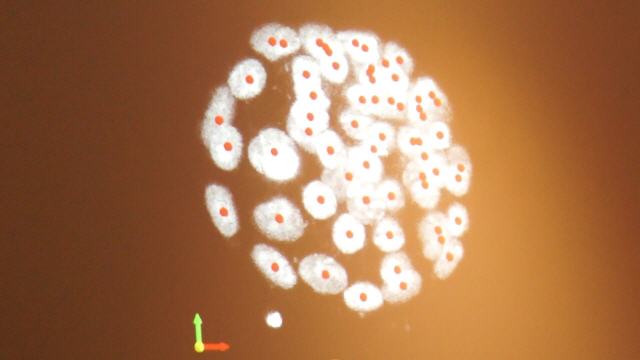Chromosome Segregation and Aneuploidy
Eine wissenschaftliche Ausarbeitung finden Sie hier auszugsweise (in englisch):
Abstract
Of all genetic afflictions of man, aneuploidy ranks as the most prevalent. Among liveborn babies aneuploidy exist to the extent of about 0.3%, to about 5% among stillborns and a dramatic 25% among miscarriages. The burden is too heavy to be taken lightly. Whereas cytogeneticists are capable of tracing the origin of the extra or missing chromosome to the contributing parent, it is not certain what factors are responsible for this ‘epidemic’ affecting the human genome. The matter is complicated by the observation that, to the best of our knowledge, all chromosomes do not malsegregate with equal frequency. Chromosome number 16, for example, is the most prevalent among abortuses -one-third of all aneuploid miscarriages are due to trisomy 16 (Chandley, 1987) — yet it never appears in aneuploid constitution among the liveborn. Some chromosomes, number 1, for example, appear only rarely, if at all. In the latter case painstaking efforts have to be made to karyotype very early stages of embryonic development, as early as the 8-cell stage. Even though no convincing data are yet available, it is conceivable that the product of most aneuploid zygotes are lost before implantation.
Quelle:
http://link.springer.com/chapter/10.1007/978-3-642-84938-1_1

